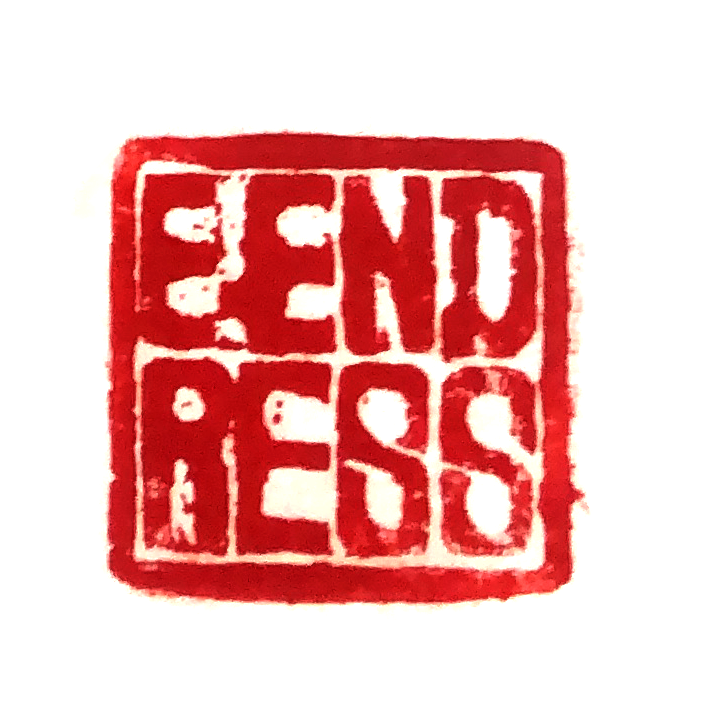
Taxonomy of Breathing
Taxonomy of Breathing is a project that investigates our current societal moment through the lens of breath—its vulnerability, its oppression, and its power of transformation. The fragility of the body—and breath as its sine qua non—is a manifestation of our environment, our historical moment, and our political and social context. It is at once foundational and aspirational, embodied and symbolic.
This current moment—a watershed that without a doubt will serve to mark the passage of eras—can in many ways be crystallized, condensed, illuminated, through the lens of the breath. The breath—our respiratory system—is the primary target of this virus that has swept and is still reshaping the world. It the site of the transgression, the violence, the oppression that catalyzed a racial justice uprising that has not been seen in a generation: ‘I CAN’T BREATHE.’ Wildfires choking the West. Blue skies in Beijing and Delhi. Must we choose between livelihoods and the black lung? Pandemic, racial injustice, environmental cataclysm—the breath connects them. Last but not least, however, is breath as site, as promise of transformation. In the midst of the despair, the desperation, the dissolution, and depression that pervades this slow-moving unraveling of life as we knew it, there is an expanding of movements towards mindfulness and meditation, anchored by and centered around a simple observation of the act of breathing. Grounding us, slowing us, silencing us, giving us space to expand, offering us distance and perspective on what we can and cannot control. In some ways, it seems that perhaps the breath is all we control … except when we can’t. Back to pandemic, police brutality, and environmental catastrophe.
There is an expression used in some Spanish-speaking countries concerning memory and conflict: “respirar por las heridas,” which translates to "breathe through wounds." In this moment, it can also help us locate breath as both the site of the wounds and the redemptive possibility inherent in them—the promise of healing, faith in the regenerative power of life, our ability to survive. This project explores the “act of breathing” as an archive of fleeting moments. A road trip across the USA to capture the breathing moments of people with a specialized microphone, presented as a sound archive. Videos documenting conversations with writers and poets about what it means today, in the current context, to "breathe through wounds."
It is very symbolic that in a few months, breathing or the lack of it has become an unexpected mechanism to speak of power and fragility at the same time, of solidarity and the absurd; fear and science. Breathing becomes an act of resistance, solidarity, as a catalyst act, criticism of institutions, and the response to the management of those institutions. Breathing reveals the essence of what makes us human, an action of unity and social cohesion.
The project would generate ten Respiratory Portraits, grounded conceptually within the scientific, the biological: the act of breathing, particularly the respiratory rate, as one of the four main vital signs. Respiratory rate is the number of breaths a living being takes in one minute, and the standard respiration rate for an adult at rest is 12 to 20 breaths per minute. The Respiratory Portraits capture the respiratory rate of people who have endured the effects of systemic racism, who have recovered (or still suffering after-effects) from COVID-19, who have lived through the wildfires of the west, and who are engaged in the act of meditation. Recordings are made through the measurement with a stethoscope, information is transferred through programming to 100 artificial respirators—wall-mounted artifacts in the museum. The aesthetic and sensory impact of the project is based on the assembly of these mechanical elements of the sound that is generated in the compression of the air, which creates the sensation of listening to someone's breath and the physical effect of the air that moves in the room. It aims to generate in the viewer, the listener, the breather, an embodied effect that redirects awareness to the centrality of this simple, most foundational vital act, and expands to the political, social, environmental, and, yes, intellectual and spiritual, ripples that expand from it and touch the entire world.


